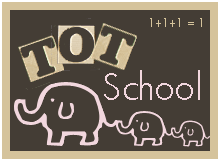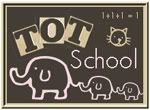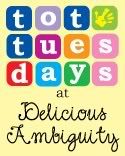
This past year, N decided he wanted to learn to type. I agreed that this would be a great idea, and I set out researching the different options available. I ended up purchasing a course called "Individualized Keyboarding" (which is put out by the same company that does the Sequential Spelling series). We've been putting it in his workbox four days per week, and he is currently on Lesson 5. (That's N in the above picture, doing great with not looking at his hands. He's wearing some noise-dampening headphones to cut down on outside distractions; they work great!)
Here are some of the reasons I decided on this approach:
- It moves at a slower pace than many of the other typing programs I looked at. Instead of working on the entire home row for the first lesson, for example, it begins with only three keys and only introduces new keys two at a time. This seems to be the right speed for N.
- The focus is on learning to type whole words and common letter patterns instead of just letters. They emphasize "saying" each word in your mind before typing it instead of typing letter-by-letter. This is how I type (though I can't recall if it's how I was taught to type), and I think it has some major benefits.
- It is very straightforward and easy for N to work on with almost no guidance from me. This is very satisfying for him, and it furthers one of my homeschooling goals, which is to gradually shift the responsibility for and control of learning to the child.
- Each lesson is broken down into smaller chunks (labeled "exercises") that review the new keys as well as ones already learned. This helps keep N from getting overwhelmed, but he can choose to do more than one in a day if he feels like it. (I've found it's usually better to let them stop before they've had enough!)
- It was available as a downloadable PDF file that we can print out as needed.
Just to be clear, though, here are some things this program is not:
- It is not a computer program.
- It doesn't involve games.
- It doesn't have any graphics or diagrams.
- The only "reward" is learning to type!
It is a simple, no-nonsense approach to learning typing, and (so far, at least) it is working great for N! He is gaining a lot of confidence while learning about the effects of consistent practice.















































